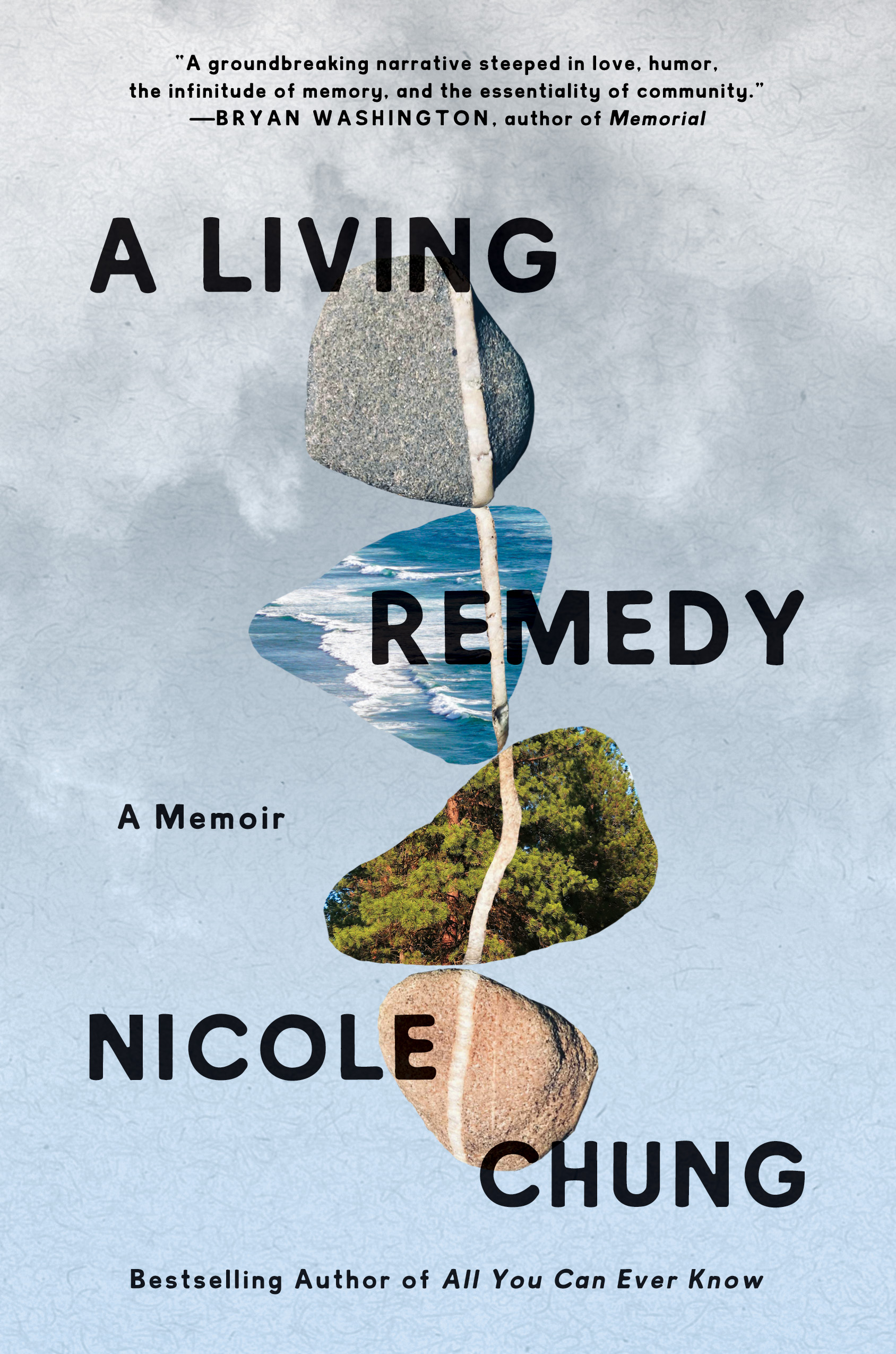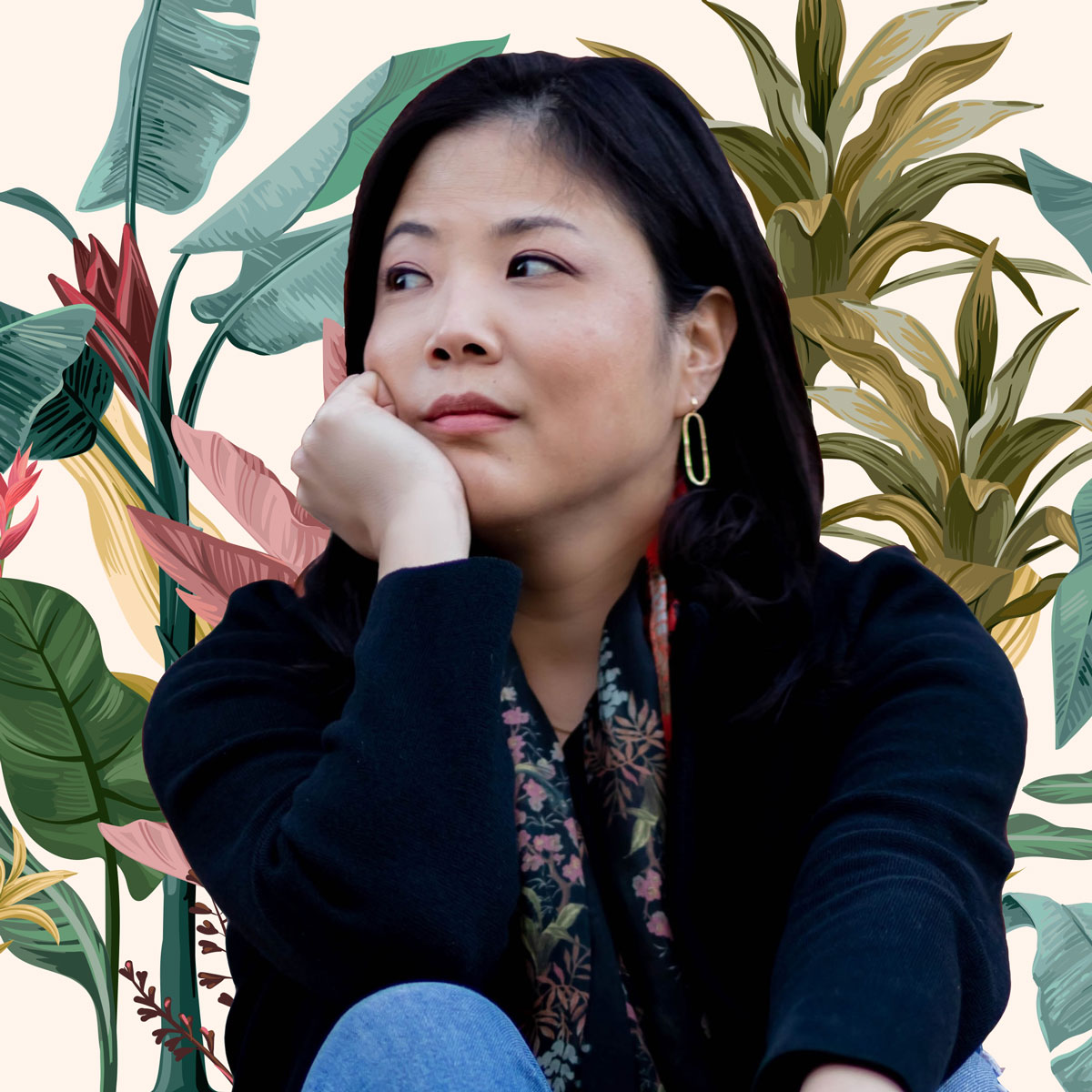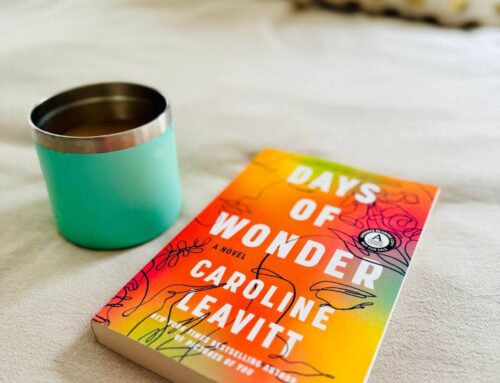The best-selling author of All You Can Ever Know is back with a new book that The New York Times Book Review calls “a transcendent memoir about family, class, and the contours of loss.” Her book, A Living Remedy (April 4th) has been named a Best Book of the Year by over twenty outlets! In her memoir, Chung explores family bonds and how they are affected by tragedy and hardship, while shedding light on many of the issues and inequalities that are persistent in America.
Nicole Chung grew up in a predominately white Oregon town, and couldn’t leave fast enough. When she moved to the East Coast as a scholarship student at a private university, she quickly found a community that she had been longing for, and finally wasn’t the only Korean she knew. As she begins to develop a life there, she witnesses the contrast in the middle class life that she grew up in, where paychecks were stretched and the safety net of college funds and wealth were nonexistent. When her father passes away from disease and diabetes that Chung knows could have been remedied over time with proper accessible healthcare, she is enraged and deeply bereft. When her mother is diagnosed with cancer less than a year later, the grief is unthinkable, and Covid-19 restrictions only worsen the ache that distance causes.
Nicole Chung was born and raised in the PNW, but now resides in the Washington D.C. area. She is a contributing writer at The Atlantic, a Time contributor, a Slate columnist, and her work has appeared in The New York Times, The New York Times Magazine, The Guardian, GQ, The Cut, and Vulture.

How did your writing process differ with A Living Remedy, written during a pandemic, and your first book, All You Can Ever Know, especially with both being memoirs?
The two experiences were night and day. With my first book, I had been preparing to write it, in a sense, for years, and drafting was largely a matter of turning what had long been forming in my head into a manuscript. I won’t say that book never surprised me—I wound up rewriting half of it based on a very helpful dream I had—but everything in it was, for better or worse, mostly settled matter. I wrote every night and every weekend and hit every deadline, despite working a full-time job, having much younger kids, and then losing my father right before the book was due. I have said in other interviews that I don’t remember writing a lot of it—I love that book, it will always have a special place in my heart, but so much of the writing process was a blur.
I couldn’t have taken the same approach to A Living Remedy even if I’d wanted to. I scrapped what I’d drafted and started over from the beginning while grieving both my parents, working my day job, with both kids at home doing Zoom school, during a pandemic. Truthfully, it was very hard to make much progress until my kids went back to school and I resigned from my full-time editorial position. This book just required more of me from start to finish. I had to listen and let it tell me where we were going. It required everything I had, including something that had previously been in short supply: patience with myself.
I had to learn how to go slowly and trust myself in a new way. And I also had to figure out how to treat myself more humanely in service of the work, which meant changing my entire relationship to it. I still wrote nearly every day, when I could, but I tried not to think too far beyond the day’s pages. I felt I was always doing what I needed to be doing—even on days when the writing wasn’t going well, or I didn’t work on it at all. There was a focus and a freedom that I had never felt while writing before. I hope this is how working on a book always feels for me going forward.
This book blends a hard look at community, broken systems, and love. Was there anything you discovered about yourself in a surprising way while writing this memoir?
Maybe I shouldn’t have been so surprised to realize how much I’ve changed as a writer—as a person—but I was, and sometimes still am. I had to become a different person to write this book. It’s one thing to know a thing intellectually, and another to confront it in your words and your own story taking shape on the page.
What’s the inspiration behind the cover of A Living Remedy?
It’s such a beautiful cover! I adore it. I asked Vivian Lopez Rowe, who designed it, about the inspiration, as I was really only involved toward the end as we were tweaking small things. Vivian writes: “While doing image research, I thought about absence, distance, and connection, since these are some themes in the book. Nicole mentioned that her father collected river rocks, so when I saw this image of rocks with a line running through them, it seemed to signify their family connection. To touch on the theme of absence, I replaced the two middle rocks, which I saw as representing her parents, with a Ponderosa pine and the ocean (both references to Oregon, where Nicole grew up), so they’re absent but a sort of sense memory fills their place. In their absence, Nicole has a connection with her sister, so I began interpreting the first and last rocks as representing the two of them. I liked how imagery from shared experiences ended up illustrating these relationships in a quiet, reflective way.”
I love Vivian’s design so much, and everything she has to say about it. I see my children as part of the connecting line/legacy as well.
Who are some authors and/or creatives that inspire you?
Oh, too many to name—to keep it simple, I’ll just include three women writers I love: Imani Perry and Julie Otsuka, two writer-heroes of mine who were kind enough to blurb A Living Remedy; and Marie Howe, whose work I have read and loved for decades, who let me title the book with a phrase from her poem “For Three Days.”
What are you currently working on?
Promoting this book, mostly! It’s a full-time job. I’m also a freelancer, so I’m usually working on a few different assignments at once. But if you’re asking about the next book, I’m co-editing a YA anthology of short stories by adoptees of color, which will be published this fall.
Tell us the first book you ever remember reading, the one that made you want to become an author, and one that you can’t stop thinking about!
One of the first books I remember reading on my own is Little Bear by Else Holmelund Minarik, with illustrations by Maurice Sendak. Every book I loved as a kid made me want to become a writer, but there was something really special about Dear Mr. Henshaw, by Beverly Cleary. A book I can’t stop thinking about right now is Mobility, by my friend Lydia Kiesling, because it’s next in my TBR and I am so excited to read it!







Leave A Comment